The edge of the sea: complexity, layering and gesture as analogy and meaning
Mills, Jamie 
Abstract
The output is a creative project, ‘The edge of the sea: complexity, layering and gesture as analogy and meaning’, comprising a body of work responding to rockpool formations and the translation of field drawings into print and sequential imagery. Research process: The project began with the Rachel Carson book The Edge of the Sea (1955), dealing with the complexities and balance of a transient ecosystem. The research processes focussed on Johann Wolfgang von Goethe’s singular, romantic idea of “All is Leaf”; that within the details of a phenomena we can bear witness to the whole. Mills uses drawing to explore whether an isolated shape, line, texture, open up the reading of an image to broader interpretation that the initial observation and how we can communicate something other, or something more, than what we are representing on the page. Research insights: The project found ways and means that image-making can be used to communicate the complex, transient, self-organising system of a rockpool and how the isolation of visual devices can help communicate those findings on a more analogous level. The research revealed that our perception of an element, a fraction of the whole, can help us understand wider context. The work led to insights into the communicative nature of mark-making, the process of translation of experience and the meaning of this particular ornamentation. Dissemination: The research was disseminated at Decriminalising Ornament: The Pleasures of Pattern, The Illustration Research Symposium, 17 – 18 November 2018 at Anglia Ruskin University.
Actions (login required)
 |
Edit Item |

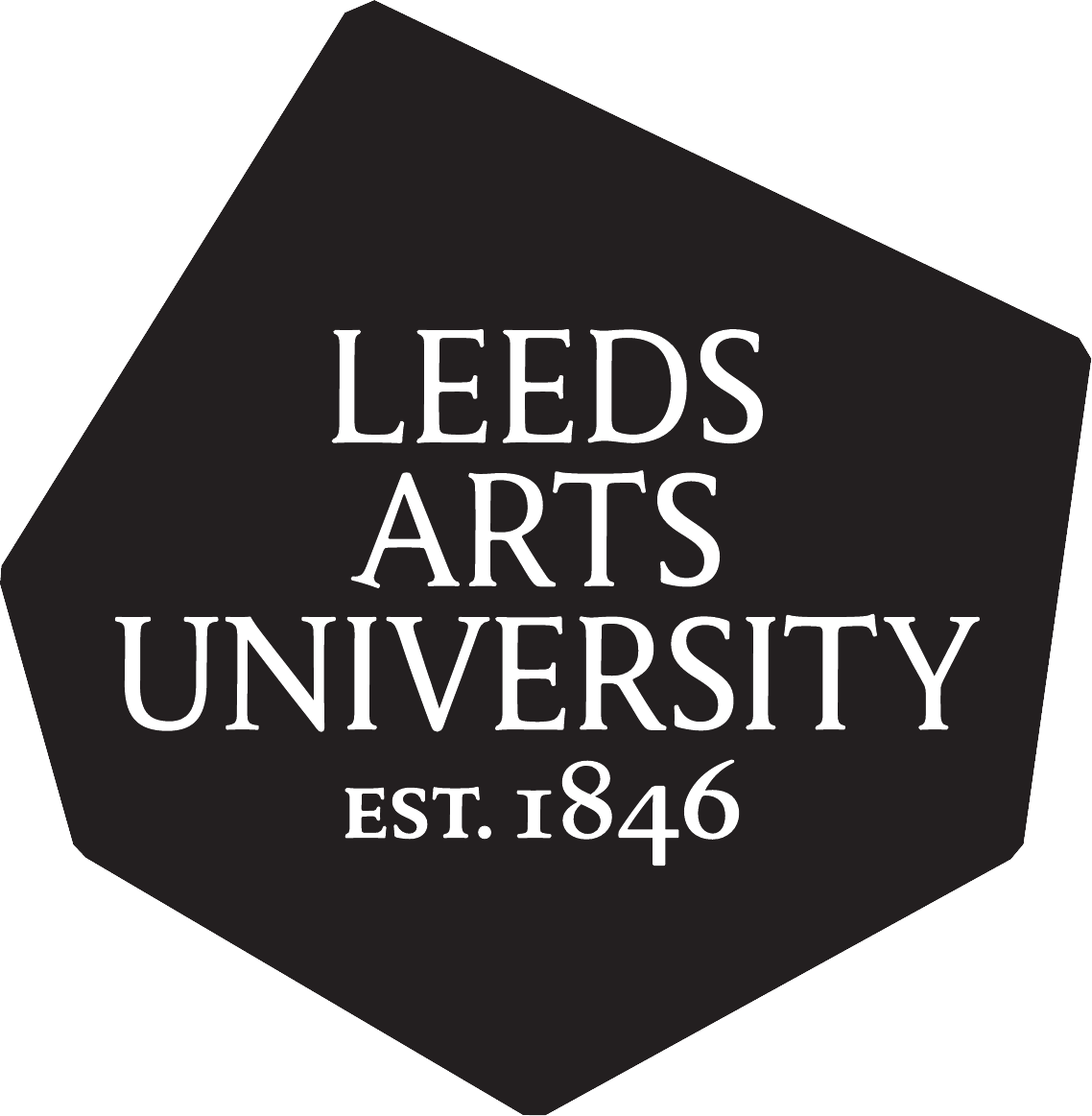

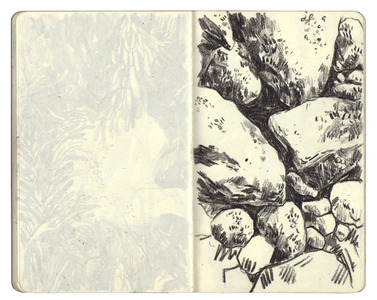
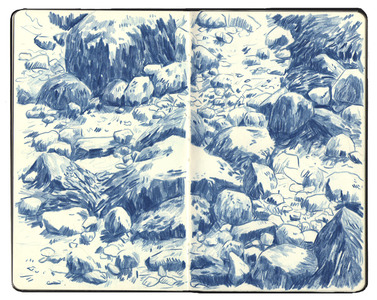
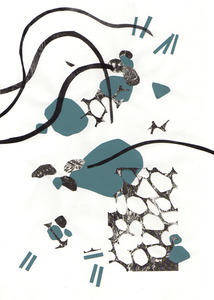
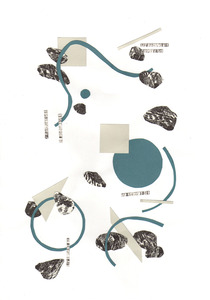
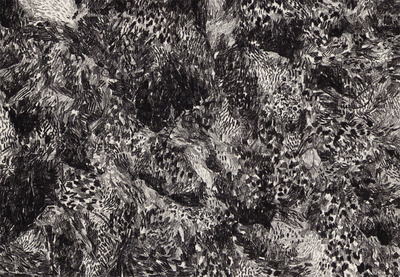
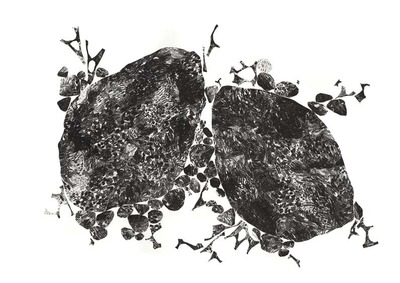
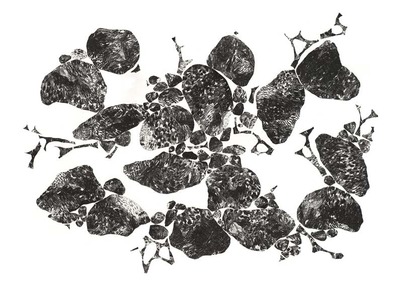
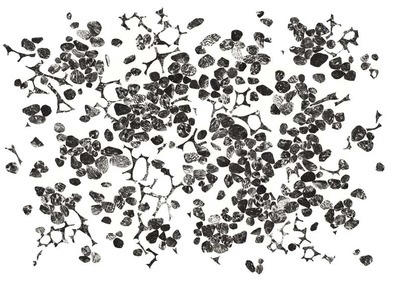
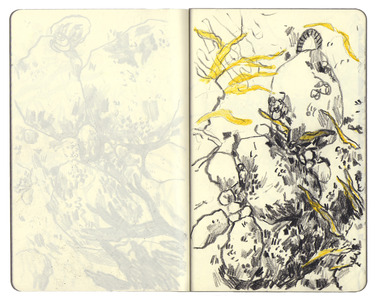
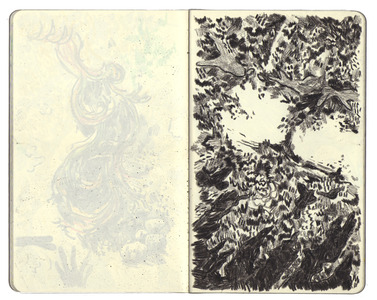
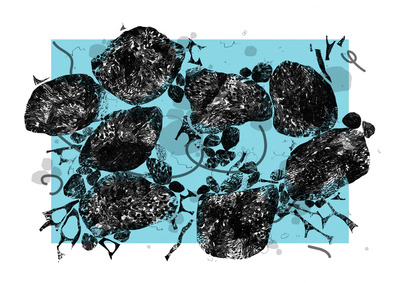
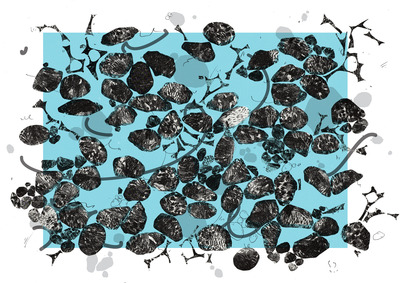
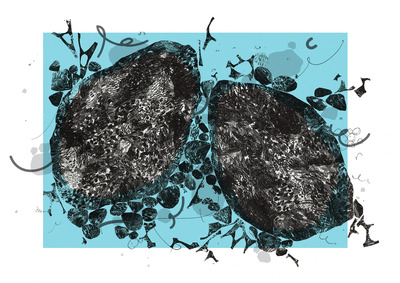
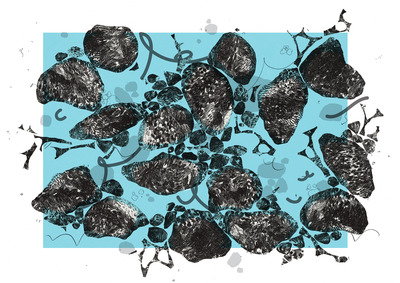
![[img]](https://lau.repository.guildhe.ac.uk/17477/2.hassmallThumbnailVersion/J%20Mills%20The%20Edge%20of%20the%20Sea%20Image%201.jpg)
![[img]](https://lau.repository.guildhe.ac.uk/17477/3.hassmallThumbnailVersion/J%20Mills%20The%20Edge%20of%20the%20Sea%20Image%202.jpg)
![[img]](https://lau.repository.guildhe.ac.uk/17477/4.hassmallThumbnailVersion/J%20Mills%20The%20Edge%20of%20the%20Sea%20Image%203.jpg)
![[img]](https://lau.repository.guildhe.ac.uk/17477/5.hassmallThumbnailVersion/J%20Mills%20The%20Edge%20of%20the%20Sea%20Image%204.jpg)
![[img]](https://lau.repository.guildhe.ac.uk/17477/6.hassmallThumbnailVersion/J%20Mills%20The%20Edge%20of%20the%20Sea%20Image%205.jpg)
![[img]](https://lau.repository.guildhe.ac.uk/17477/7.hassmallThumbnailVersion/J%20Mills%20The%20Edge%20of%20the%20Sea%20Image%206.jpg)
![[img]](https://lau.repository.guildhe.ac.uk/17477/8.hassmallThumbnailVersion/J%20Mills%20The%20Edge%20of%20the%20Sea%20Image%207.jpg)
![[img]](https://lau.repository.guildhe.ac.uk/17477/9.hassmallThumbnailVersion/J%20Mills%20The%20Edge%20of%20the%20Sea%20Image%208.jpg)
![[img]](https://lau.repository.guildhe.ac.uk/17477/10.hassmallThumbnailVersion/J%20Mills%20The%20Edge%20of%20the%20Sea%20Image%209.jpg)
![[img]](https://lau.repository.guildhe.ac.uk/17477/11.hassmallThumbnailVersion/J%20Mills%20The%20Edge%20of%20the%20Sea%20Image%2010.jpg)
![[img]](https://lau.repository.guildhe.ac.uk/17477/12.hassmallThumbnailVersion/J%20Mills%20The%20Edge%20of%20the%20Sea%20Image%2011.jpg)
![[img]](https://lau.repository.guildhe.ac.uk/17477/13.hassmallThumbnailVersion/J%20Mills%20The%20Edge%20of%20the%20Sea%20Image%2012.jpg)
![[img]](https://lau.repository.guildhe.ac.uk/17477/14.hassmallThumbnailVersion/J%20Mills%20The%20Edge%20of%20the%20Sea%20Image%2013.jpg)
![[img]](https://lau.repository.guildhe.ac.uk/17477/15.hassmallThumbnailVersion/J%20Mills%20The%20Edge%20of%20the%20Sea%20Image%2014.jpg)
![[img]](https://lau.repository.guildhe.ac.uk/17477/16.hassmallThumbnailVersion/J%20Mills%20The%20Edge%20of%20the%20Sea%20Image%2015.jpg)